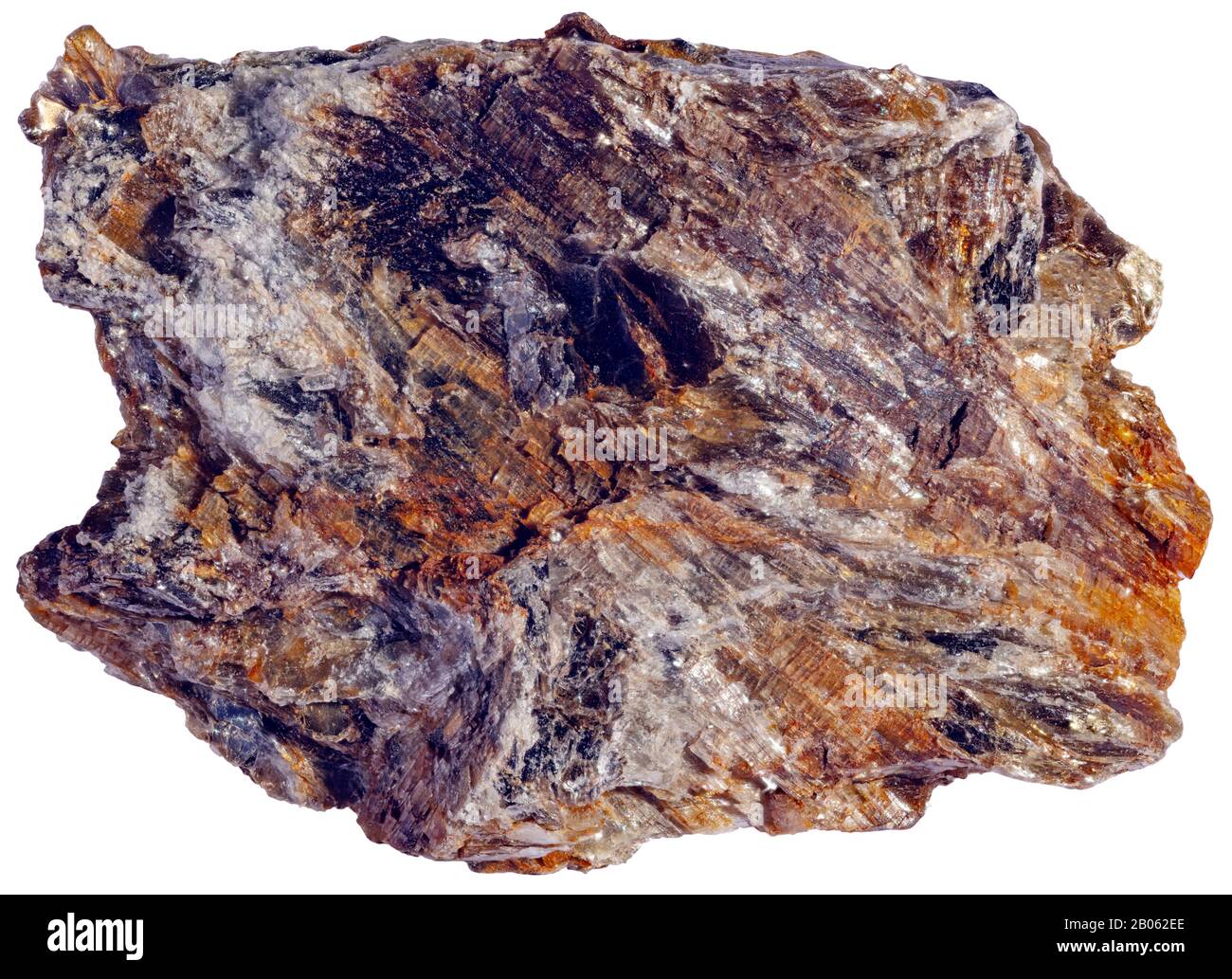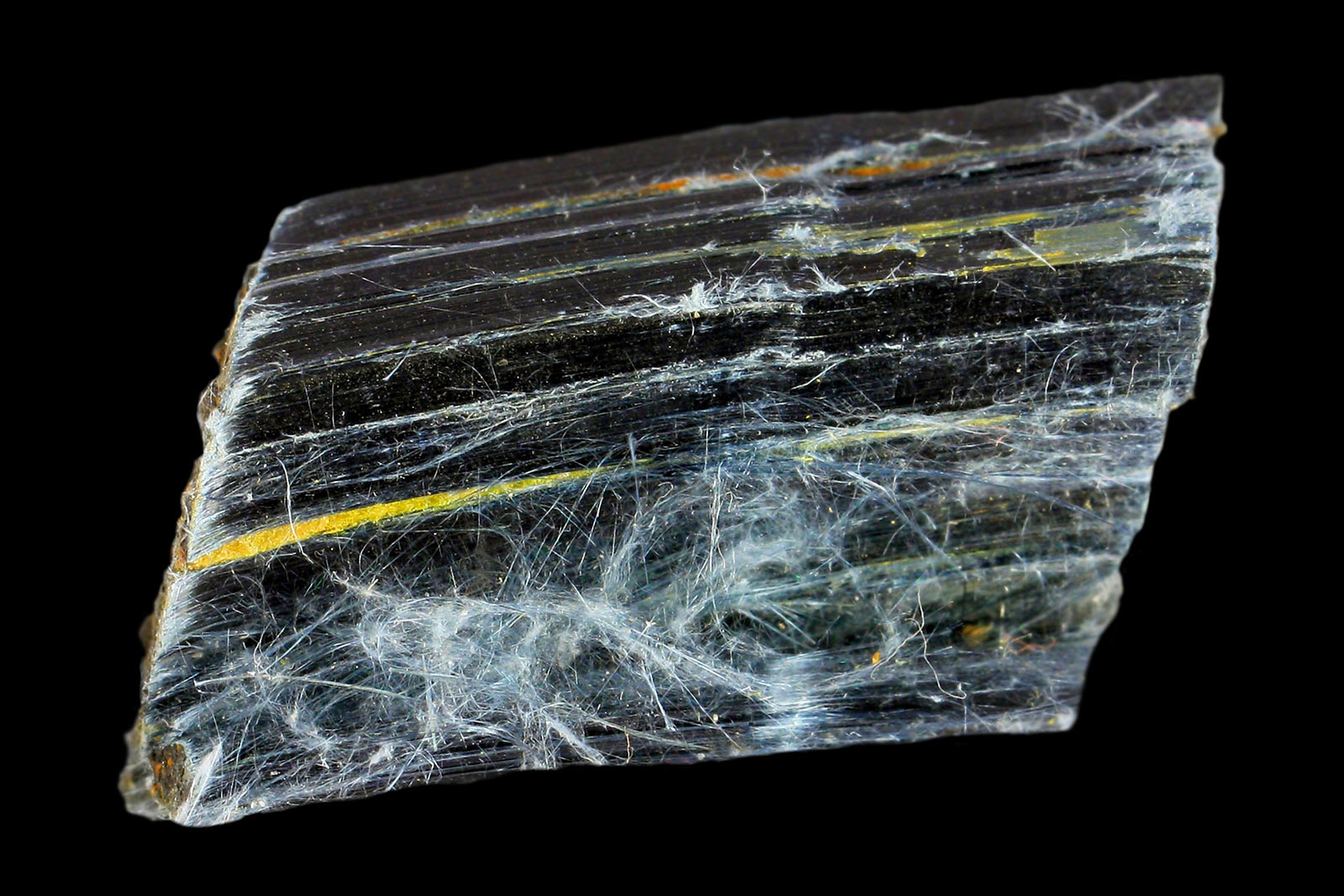What type of amphibole variety is found in the Asbestos Mountains?
Reference




OpenAI's Answer
The amphibole variety found in the Asbestos Mountains is known as crocidolite, which is a fibrous variety of riebeckite. Source.





The amphibole variety found in the Asbestos Mountains is known as crocidolite, which is a fibrous variety of riebeckite. Source.
